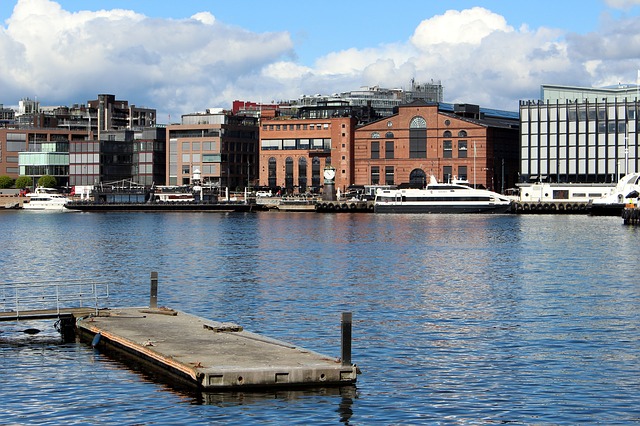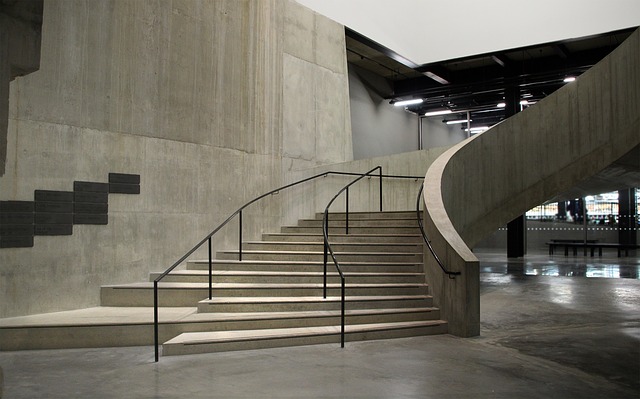The exhibition in London revealed Munch as a 20th century artist and a modern painter who embraced and integrated new media such as film, photography, and design into his art. 6]
Edvard Munch (1863- 1944) is considered one of the leading Scandinavian painters of the 19th century, and his most famous painting, The Scream (1895), which sold at Sotheby\’s for £73,921,284 in May 2012, depicts a deeply traumatic scene of a man screaming in anguish against an ominous red sky Sadly, this image is startling. Sadly, this image obscures a rich body of work that shows remarkable diversity.
The painter grew up in Christiana (now Oslo) and excelled in the sciences before entering the 18th Royal Academy of Fine Arts, which at the time focused on naturalism and impressionism. His childhood was marked by chronic illnesses that often interfered with his schoolwork, as well as grief over the death of his beloved older sister Sophie after Edvard\’s mother died when he was five years old.
His unstable physical and mental state often manifested itself in his work, and many of his paintings reflect the artist\’s journey of self-doubt. An example is his haunting self-portrait painted in 1895. A recurring motif in his work is physical decay. Photography allowed Munch to study and document the changes in his own body.
Munch was always caught up in the intellectual currents of his time: at the age of 20, he joined an anti-traditionalist writers\’ circle and spent time with bohemians in Berlin and Paris. However, he was never involved with any one art group or movement.
During his lifetime, he showed a strong interest in optical effects. His paintings express modernity through the use of distorted angles and foregrounding. This is particularly evident in arguably his most avant-garde work, “Red Virginia Creeper” (1898-1900). In this work, the expression of the man in close proximity creates a deep sense of unease and oppression. The painting depicts an ominous landscape consisting of a red house, bare trees, and a white fence. The pictorial elements are compressed in a “dizzying” fashion, and the resulting recession of the background, accentuated by the oblique direction of the road, strikes the viewer as he looks at the man.
His work is not limited to bleak elegiac imagery. His flowing brushstrokes and vibrant colors produced stunning landscapes such as Boulevard of Fresh Snow (1906), Men in Black and Yellow in the Snow (1910-12), and Starry Night (1922-24)
. Nevertheless, he remained sensitive to the events of the outside world at his Ekely residence. This is evident in works such as The Uninvited Guest (1932-5) and Panic in Oslo (1917), which depicts the social unrest caused by the fear of shortages in Norway during World War II.


